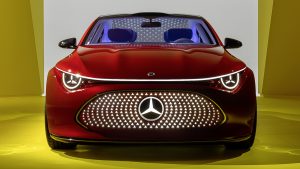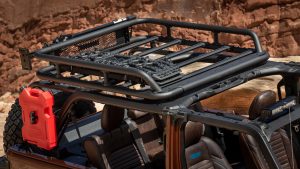The impressive variety available on the market says it all. We cannot neglect car wheels if we want to create good design. Let’s take a closer look at them!
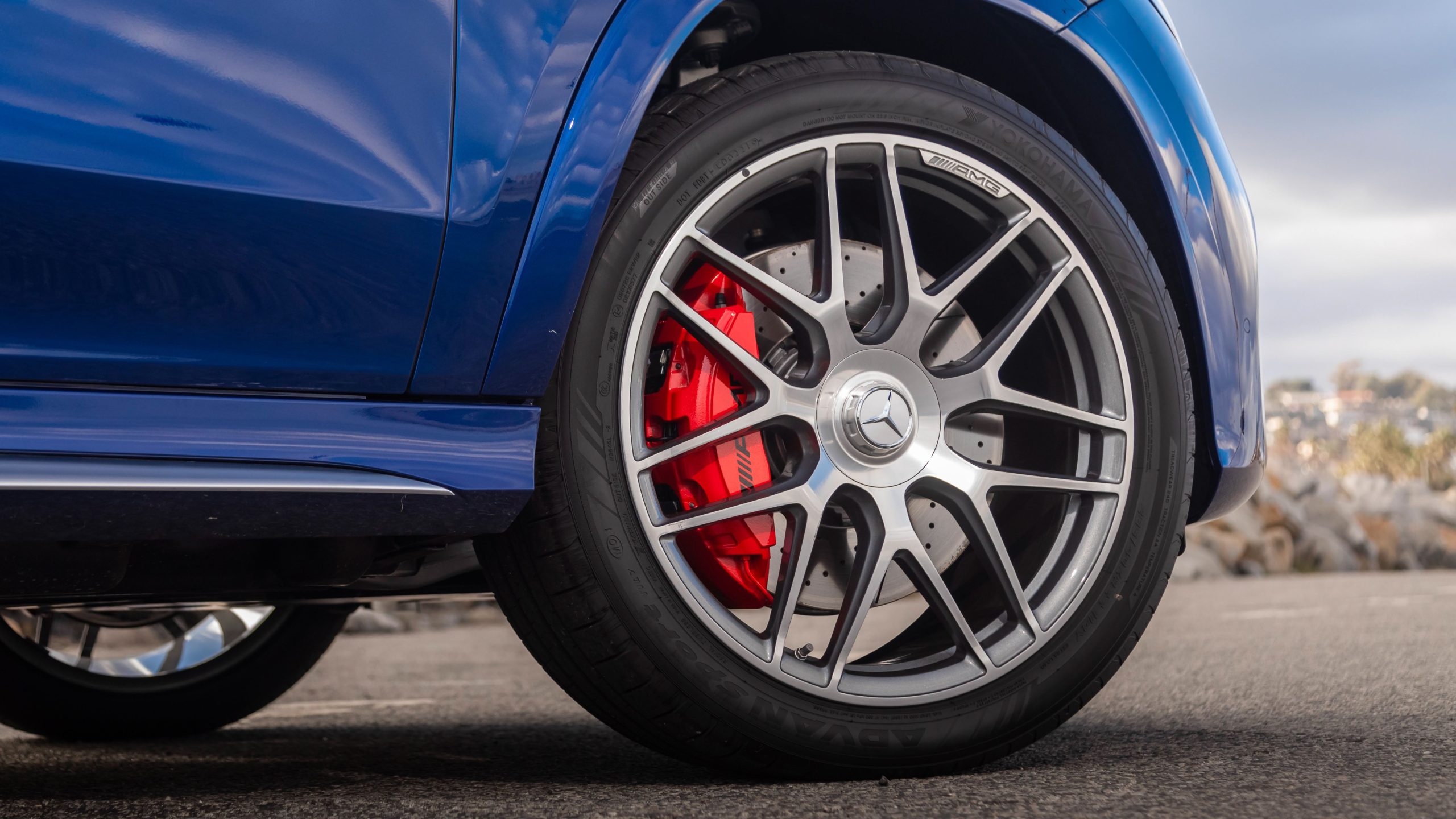
A long time ago, car wheels were primarily functional. They had to be circular so as to properly roll, strong to withstand the sprung mass, and not much else. Over time, the industry began to invest in making them lighter and more resistant to keep up with the demand. Fortunately, that move had another consequence as well: it made automakers pay attention to their design. That is what leads us to the topic of this page.
Decades of industrial progress has created many options here. The primary goal of reaching the necessary mechanical resistance is no longer an issue; companies can now focus on balancing aesthetic appearance and cost-efficient production. Those options are equally relevant; each type of car wheels features strong and weak suits of its own. That is why they are all popular in the market and deserve our attention here.

Steelies car wheels
This is the most no-frills type of car wheels you can find. They are steel billets which go through industrial machinery; it gives them the final shape and several holes to help with brake cooling. In practice, you only need plastic hubcaps to cover them. The most common type strictly covers the hub, but there have been larger ones that cover a larger diameter. A common nickname for these wheels in English is “steelies”.
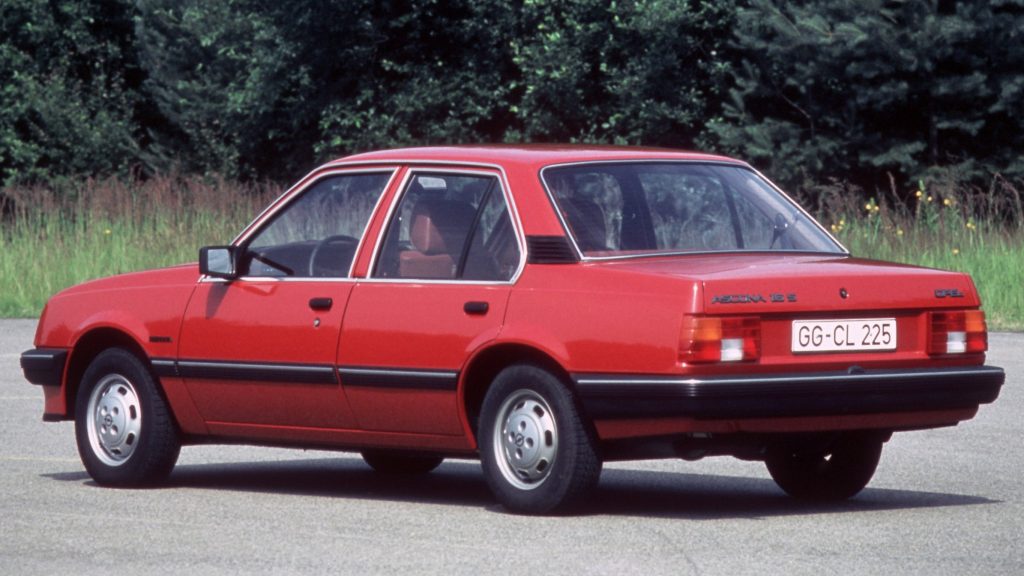
Their biggest advantage is being cheap. After all, their material is easily accessible and it is possible to use mass-production processes. Besides that, they are highly resistant to everyday impacts such as from stone chips on the road. In practice, it is difficult to get them damaged but, if it happens, replacing them will not be a problem. Sadly, steelies have disadvantages as well and they are not easy to overlook.
First of all, steel makes them heavy; higher unsprung mass harms the vehicle’s handling. The most serious issue, however, regards design. Steelies’ production process only allows variations on the punched holes. You may change their shape and their quantity around the wheel’s face and that is all. The fact that their appearance is such a problem has driven the industry to devise the following alternatives to car wheels.

Steel wheels and plastic covers
A simple workaround was to revert the issue. Since steelies are ugly because their priority is to be cheap, it is possible to dial things down. Some automakers create more elaborate steel wheels especially for their entry-level cars. They are still not the best-looking in the market, but they do offer a much better balance between those aspects. However, there is another solution which became more popular in this context.
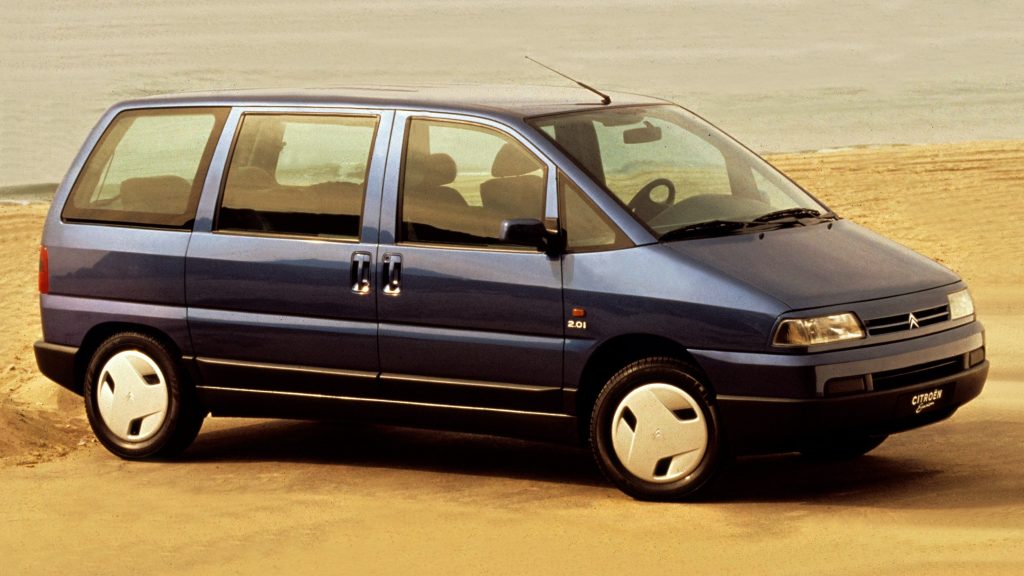
In short, it consists of painting steelies in black, so they will draw less attention, and covering them with a “full hubcap”. That is literally a secondary wheel bolted in front of the steelie so as to cover it with a… less ugly design. Those covers are always made of plastic because they do not have to withstand mechanical stress and they have to be cheap; if the latter did not happen, the whole idea would not make any sense.
At first, automakers designed plastic covers with tiny openings. The intention was to hide the steelie and look like they were the real wheels. The problem is that they often looked weird, especially models from the 1990s. As the solution became popular over the years, automakers eventually gave up on that effort; newer covers focus on looking as good as possible. Then again, they are still far from the ideal car wheels.

Alloy wheels
Have you noticed that this is the only type of car wheels companies photograph up close? That is because these are the ones everyone really likes. Alloy wheels combine beautiful design, refined textures, and high, very high mechanical resistance. Besides, if you take proper care, they will last a long time. These days, we can purchase alloy wheels of two main variations; cast and forged. Each one has characteristics of its own.
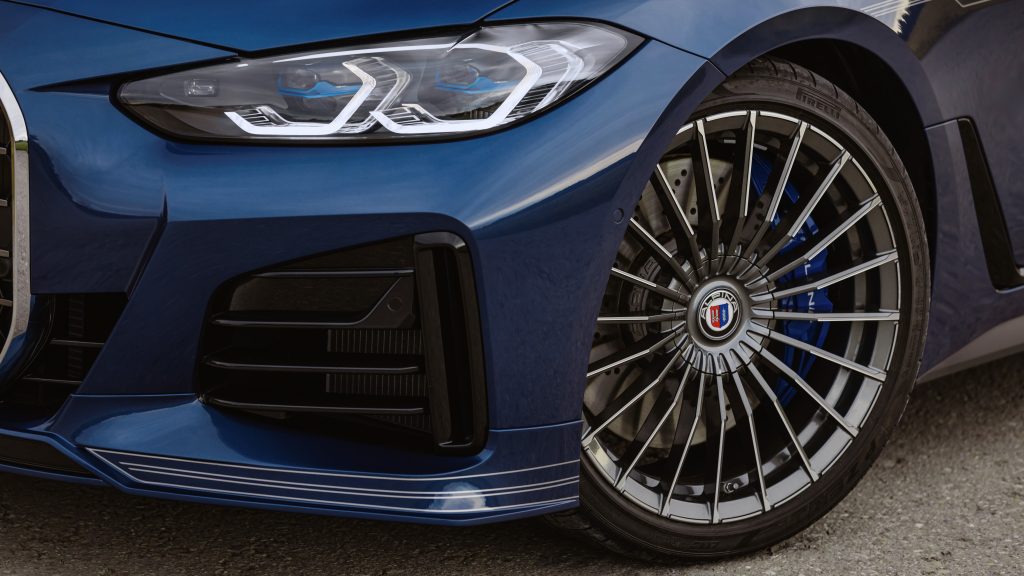
Cast wheels are made by pouring liquid metal into molds and then cooling it. Forged wheels are sculpted, which implies hammering with controlled heat and pressure. Both options work well with aluminum while the latter also accepts steel. Casting creates a uniform internal grain structure while forging makes cross-linked grains. In practice, that affects some key mechanical properties the wheel will have once it is ready.
Cast wheels are cheaper to manufacture and their process gives more freedom in terms of design. Forged wheels, in turn, are usually lighter and more resistant at the same time. In general, companies employ cast wheels on regular urban cars and leave the forged ones to trucks and high-performance cars. This way, they can cut production costs on the former and comply with the more severe requirements of the latter.
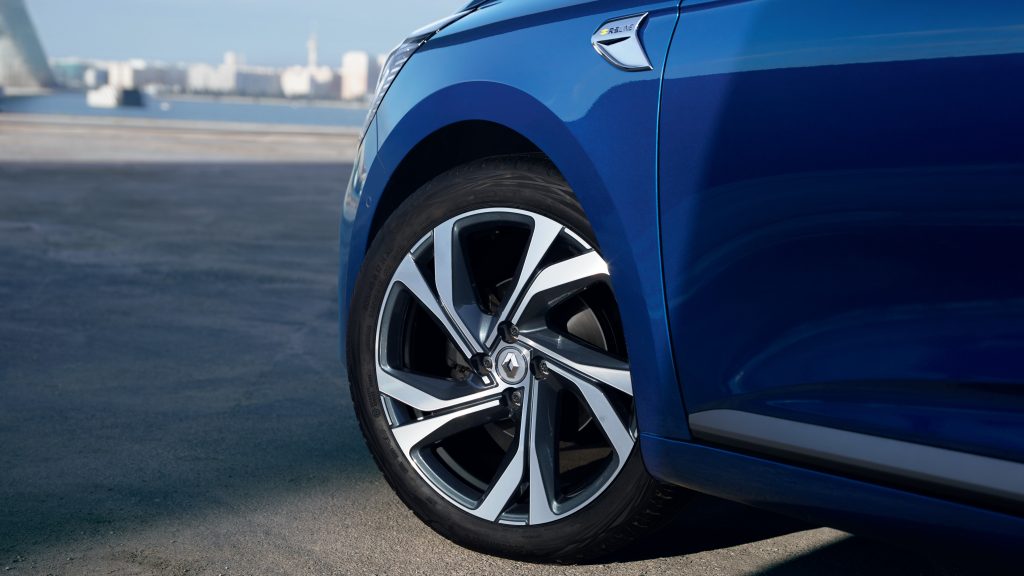
Which car wheels are the best?
Honestly, the rule of thumb is to interpret the company’s original decision. If the car features forged alloy wheels, other types may not be up to its requirements. Conversely, if it uses steelies as standard, you are free to upgrade them with a cast alloy set, for example. Then again, that is only valid assuming you obtain high-quality car wheels; low-grade ones are cheaper at the expense of delivering questionable standards.
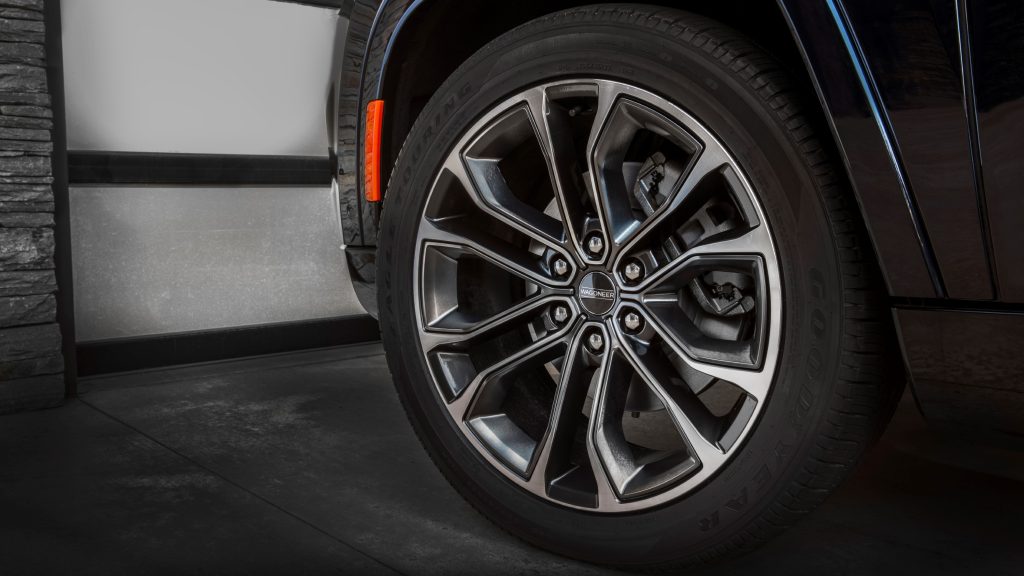
Parallel to that, you cannot neglect the tires. The market gives you options of width, height, material, and design independently for a reason; each of those variables plays a very important role on how will the car behave. Then again, the topic of car tires is very rich in implications and examples. Do not be surprised if AutomoBible ends up publishing a whole page like this to discuss it with the appropriate level of details.
This page intends to give you a first insight on the different types of car wheels available on the market. Now, you are prepared to delve into more specific articles on the topic if you want… Or simply appreciate how beautiful a car becomes when it uses the right set of wheels. Stay tuned on AutomoBible, because we are always looking for new topics to write about; this is definitely one of the most compelling of them.

